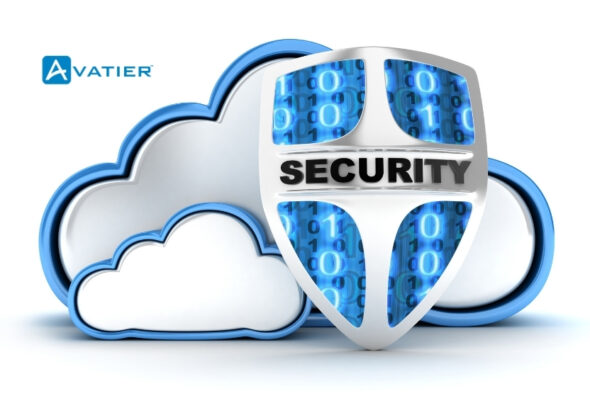Importance Of Efficient Life Cycle Management Systems
Effective strategies are a critical factor when managing your organization’s user lifecycle management (ULM) process. Efficient life cycle management ensures that user provisioning and group automation are rationalized, which results in smooth operations and higher productivity. However, is difficult to determine the optimum compromise of cost and efficiency, especially when the budget is limited. This paper will discuss the relevance of cost-effective life cycle management approaches and suggest practical measures for you to implement effective ULM within a tight budget.
Key Components Of Life Cycle Management: User Administration And Group Automation
Before discussing low-cost approaches, the components of life cycle management should be known. User provisioning and group automation are two major fundamentals of an effective ULM process.
User provisioning is the process of user accounts’ creation, modification, and deletion throughout their lifecycle in your organization. It encompasses activities like adding new workers, providing access to resources, and disabling or deleting accounts when employees depart. User provisioning automation saves you time minimizes the possibility of errors and guarantees uniformity throughout your company.
On the flip side, group automation is concerned with controlling user access to particular resources or applications according to their roles, or departments. Automating group management will allow you to simplify access control, increase security, and to make better collaboration in teams. This removes the requirement for manual intervention making human error less possible and making the ULM process faster.
Life Cycle Management Process Understanding
To carry out the ULM process in cost-effective life cycle management strategies, it is important to understand the ULM process. The life cycle management process typically consists of the following stages:
- User Onboarding: This phase includes user account creation, roles and permissions assignments, and granting access to required resources. Efficient onboarding ensures that new employees can get to work in their respective roles as soon as possible without any delay.
- User Access Management: Access should be controlled by the user to various applications, systems, and resources once they are onboarded. This involves defining access or no access depending on user roles and enables employees to have access to the tools that they need to effectively perform their jobs.
- User Offboarding: When employees depart from the company, their user accounts and access rights should be deactivated or removed as appropriate. This step is important for keeping the data safe and preventing unauthorized entry into the data.
When you understand these stages and the challenges associated with them, you can determine points where cost-effective strategies can be introduced to improve the ULM process.
Cost-Effective Approaches To Life Cycle Management For Low Budgets
Having understood the overall significance of cost-effective lifecycle management strategies and the major elements of such strategies, we shall consider some practical approaches to successful ULM on a limited budget.
- Leverage Automation Tools: Using automation tools is one of the most efficient ways to make the ULM process lean. In the market today, there are plenty of user provisioning and group automation tools that provide cost-effective solutions. These instruments must be able to perform repetitive operations, diminish manual mistakes, and enhance general productivity. Search for tools that are in line with your organization needs and financial limitations.
- Implement Role-Based Access Control (RBAC): Role-based access control is a cheap approach that makes user access management more straightforward. Roles can be assigned to users and then permissions can be given to those roles so that employees have access to the resources they need but without granting them unnecessary privileges. This in turn reduces the administrative burden of having to manage user-level permissions and increases security by reducing the possibility of unauthorized access.
- Regularly Review and Update User Access: Regular user access rights reviews are critical for cost-efficient management of the life cycle. Through routine user access reviews and deletion of obsolete permissions, you can ascertain that employees have access to the resources they need for their respective roles. This minimizes the chances of data leakages and enhances general effectiveness by removing access rights clutter.
Conclusion: Attainment Of Economic And Productive Life Cycle Management Approaches
To sum up, Organizations can benefit from cost-effective ULM by learning what ULM comprises including user provisioning and group automation, using automation tools, applying role-based access control, and periodically reviewing and updating user access.
Begin your free trial today and discover the different automation tools and RBAC solutions to help you reach effective life cycle management. These investments will allow you to optimize your ULM process, increase productivity, and strengthen data security. Do not allow budget limitations to keep you from successful ULM – start with affordable ULM today.




